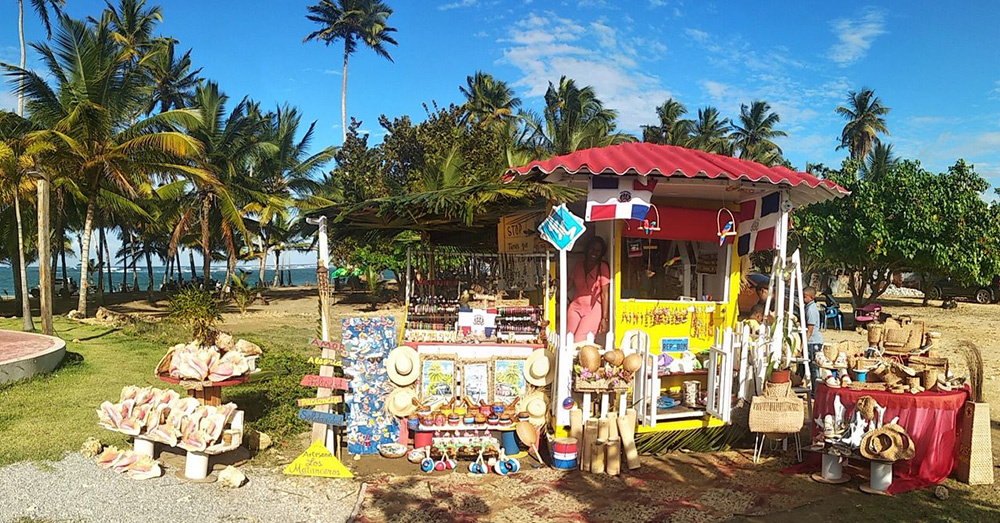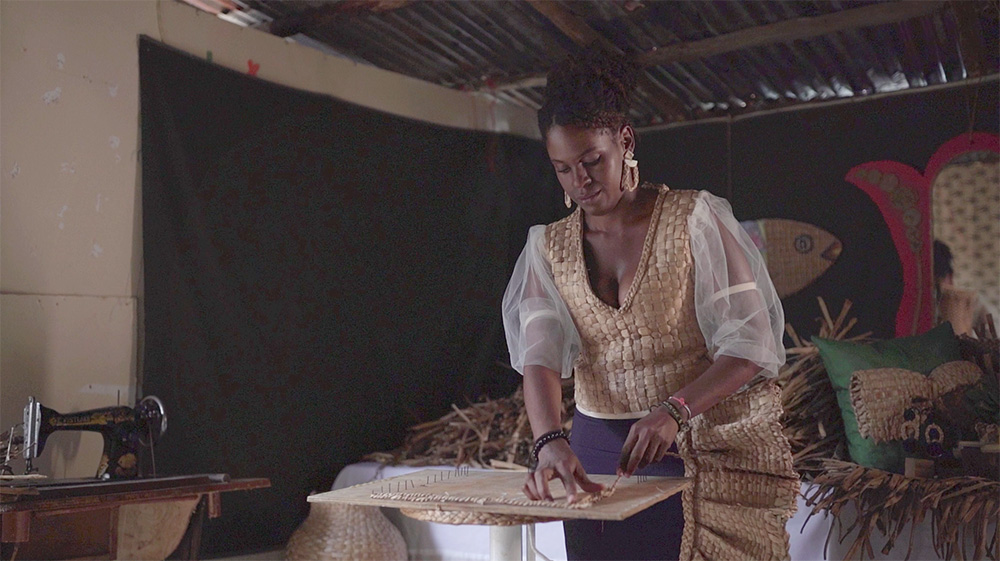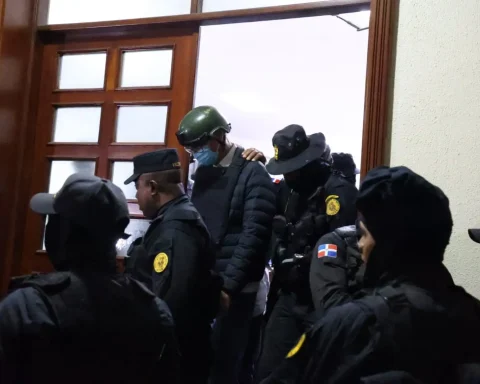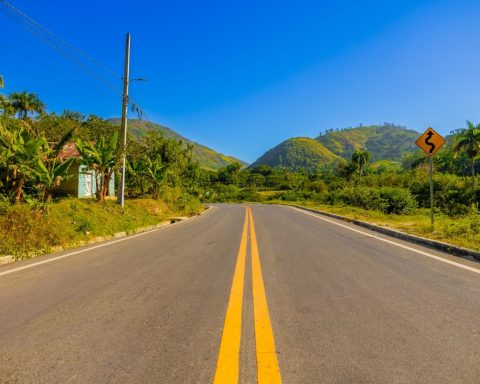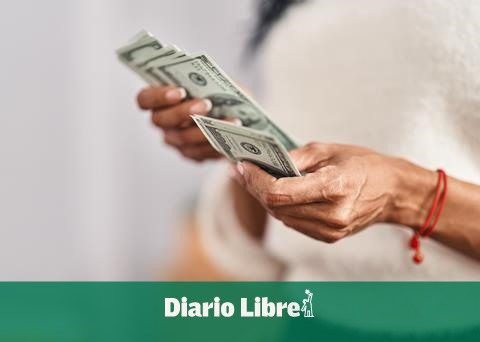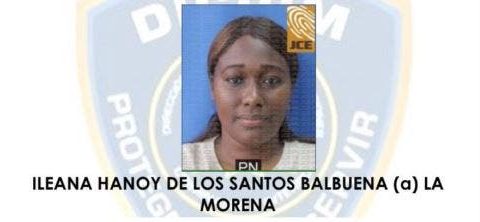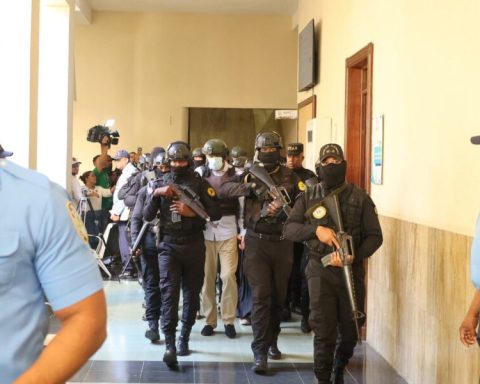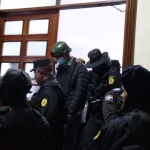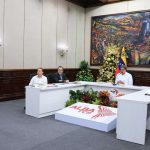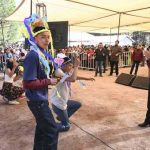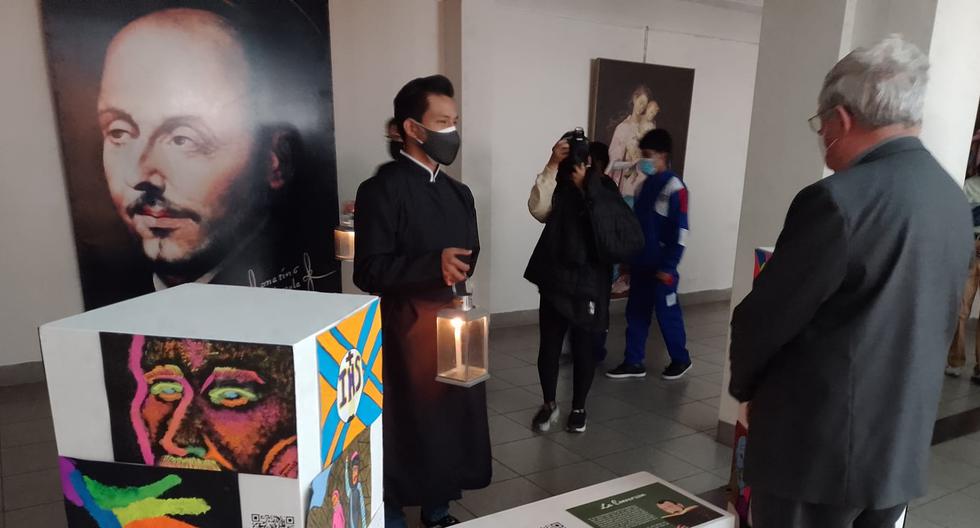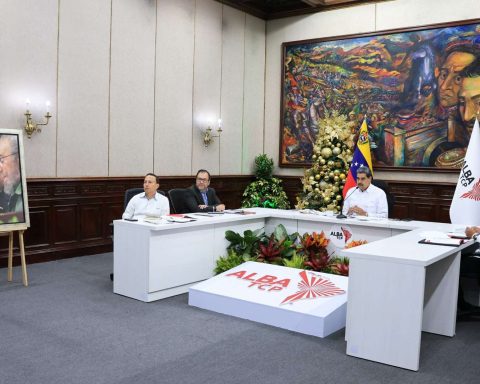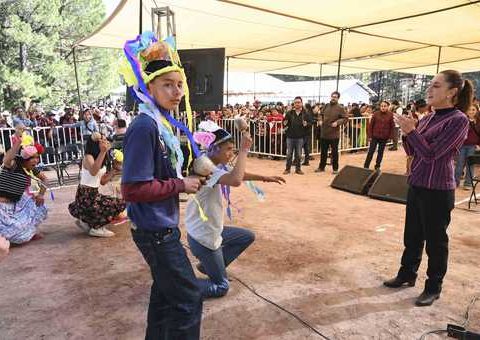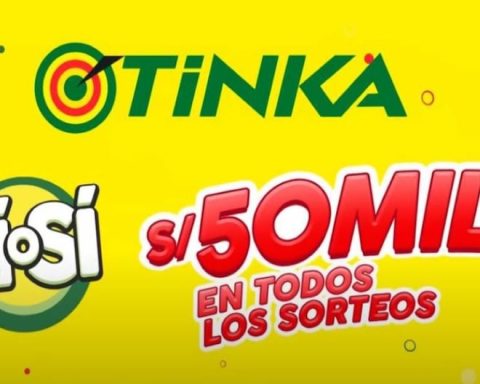She is the creator of W&M Artesanías, the idea that became a new venture in Nagua
The lilac It is a plant that, when it spreads, becomes a serious problem for rivers and canals, which it can cover.
For Wildiska Santos, this plant represents a business opportunity and the raw material for making handicrafts. Pieces that can range from a simple bracelet or earrings, to a handbag or a ladies’ dress.
Wildiska is the owner of W&M Artesanías, located in Matancitas, Nagua, and a tireless worker. The lilac that she uses for her productions is obtained from rivers and irrigation canals in an area where plots and crops abound, including rice.
The project emerged in 2016, after receiving a course with a Cuban specialist. She learned the basic techniques of lilac weaving. And she has served him forever.
After completing the training, he continued acquiring and perfecting new techniques that he later put into practice, injecting value into them.
Fortunately, some time later they informed him about the Dominican Fashion Show, in October 2016, an event for which he began to make pieces together with the designer Sócrates McKinney.
It represented a “litmus test” for the young nagüera, because at that time she lacked experience, facing an event of that level. But she did not flinch.
“I took on the challenge and together with Sócrates we brought out that collection with the vegetable fiber of the lilacs. The pieces designed at that time were sandals, handbags, hats and others”, he recalls, in a conversation with the newspaper elCaribe.
The dialogue takes place in the early hours of the morning, precisely at a time when Sofía Mariel, Wildiska’s daughter, has become “creative.” The girl is three years old and she already helps her mother to organize pieces from time to time.
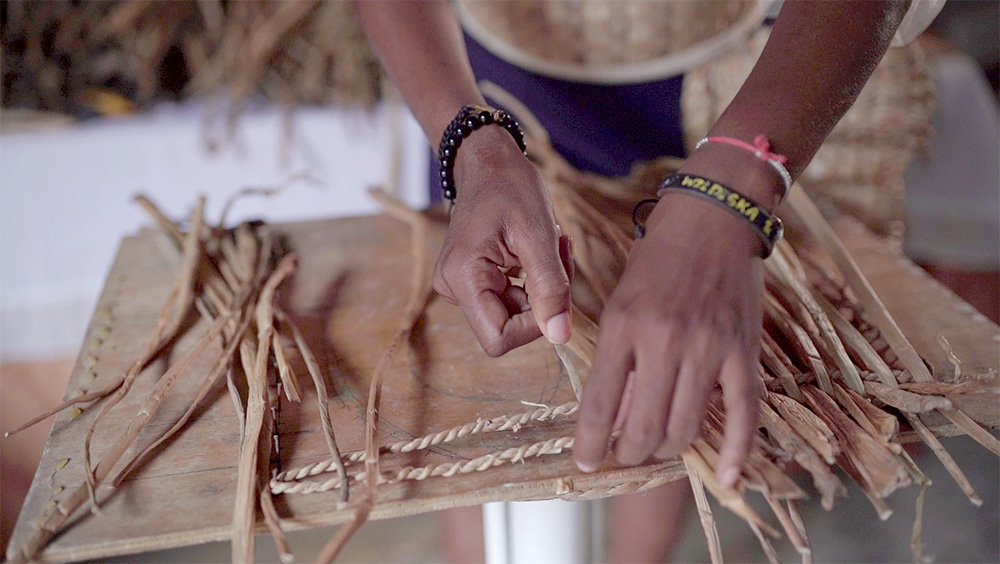
In 2017, the designer participated in the National Craft Contest, in which she had no experience yet. There were renowned craftsmen there, according to her account.
For this activity, he decided to create two pieces and send them to the contest.
She got the fifth place, which for her meant the same as the first. Competing with people of experience placed her in a very important position. She has been recognized as a “Woman of Progress”
What Wildiska does, prior to making the handicrafts, is more or less this: He extracts the lilacs from canals or rivers, removes the roots, takes them to a place where they are treated (they are washed and dried) and They are tied up in packages of 25 to control the amount of lilacs extracted. The drying time is a week, depending on how the sun “goes” (whether it is very intense or not).
“If we have constant sun, we will have lilacs to work with, possibly in five days or a week, but if the sun is interrupted by rain, the drying process will take longer and the color tone of the lilacs will also vary,” he explains.
Since the raw material for Wildiska’s business is available from rivers and canals, you might think it’s all profit, because you don’t have to buy it. But not. There is a cost for payment to the person who extracts these weeds from the waters and mud, and is paid to transport the lilac.
The drying and care process that must be taken also implies a cost.
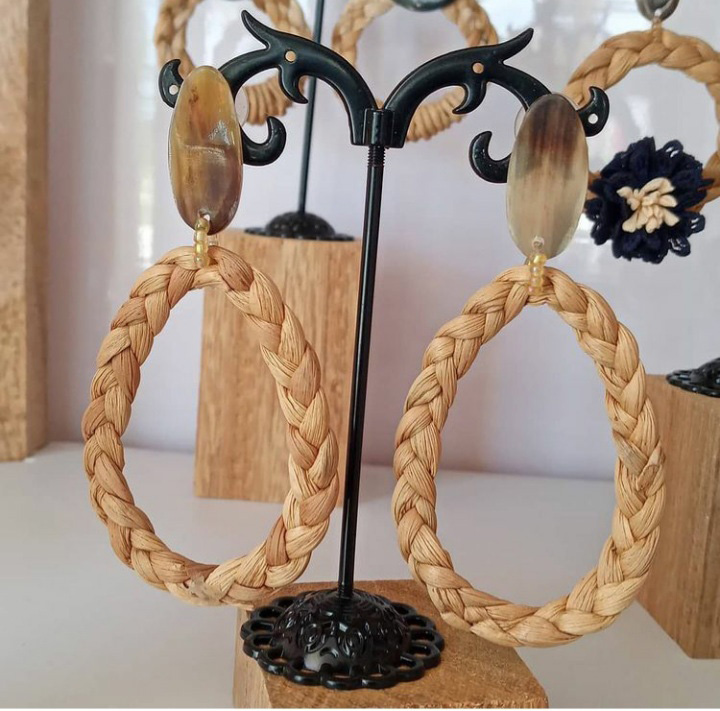
The lilac is valued after it dries. For each stem, the value is between one peso and fifty-two pesos. It is how Wildiska quantifies, to segregate “cost and benefit” after the final product.
Wildiska has several collaborators, something like “workers by adjustment” (not permanent) who join the artisan activity based on the production at any given moment.
It is not difficult for the small businesswoman to find these types of specialists, because in her community there are other people who have been trained for the trade. They are those who have received training and continue to benefit from the training actions and technical consultancies of the state program Supérate.
Wildiska has been a battle to grow. Her business started with practically zero pesos, but with a sufficient amount of energy and optimism. Both enough to place her at the level she is today and that will surely take her further. “My aspiration is to be able to export everything that I make,” she tells elCaribe.
